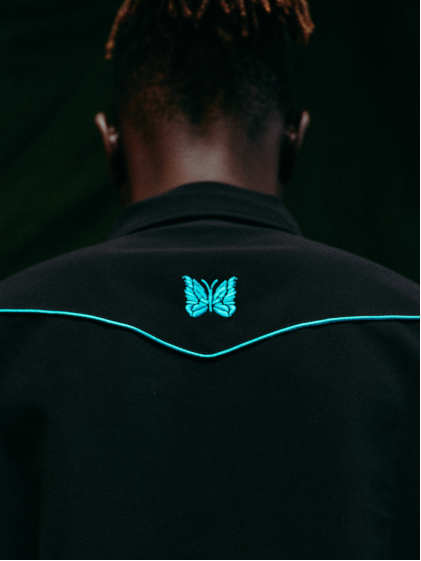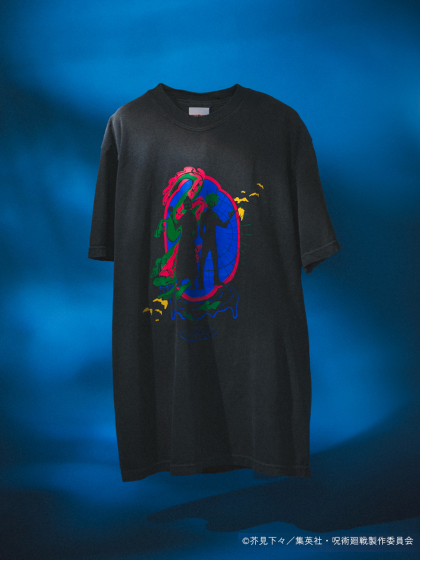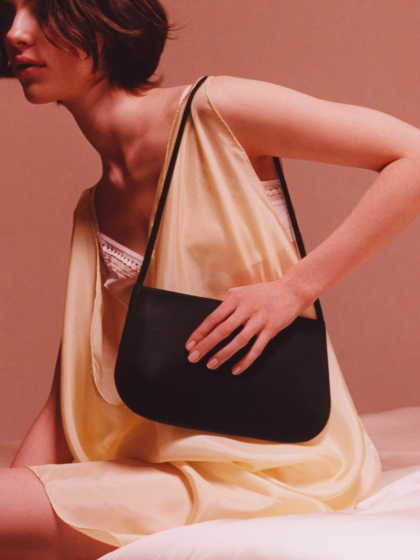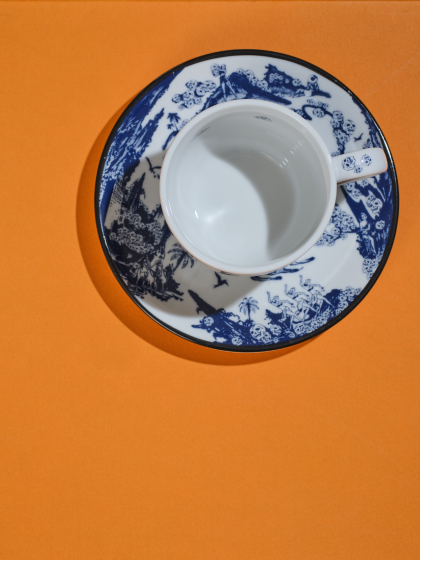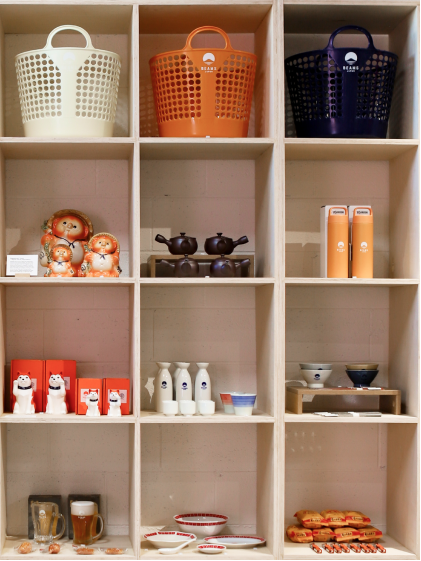Although Japanese fashion continued to be dominated by street style in the first years of the new century, Beams wanted to try something against trends. The label Beams Plus launched in 1999 with the concept of “authentic menswear that can be worn forever,” putting a contemporary spin on American menswear from its golden age of the mid-1940s to the mid- 1960s. The Beams Plus designers obsessed over sturdy fabrics and high-quality construction. The brand took off with both the company’s regular customers as well as those who worked in the fashion industry at large.
In the mid-2000s, Beams fell for the originality and presentation style of Stella Ishii’s New York showroom The News, which culminated in a strong working relationship. On the men’s side, trends bifurcated into two competing looks: classic Americana versus menswear with delicate, feminine details, as represented by Chitose Abe’s sacai. As traditional styles took over the market, Beams Plus started to be sold overseas for the first time through Italy’s celebrated purveyor of heritage brands, WP Group.
